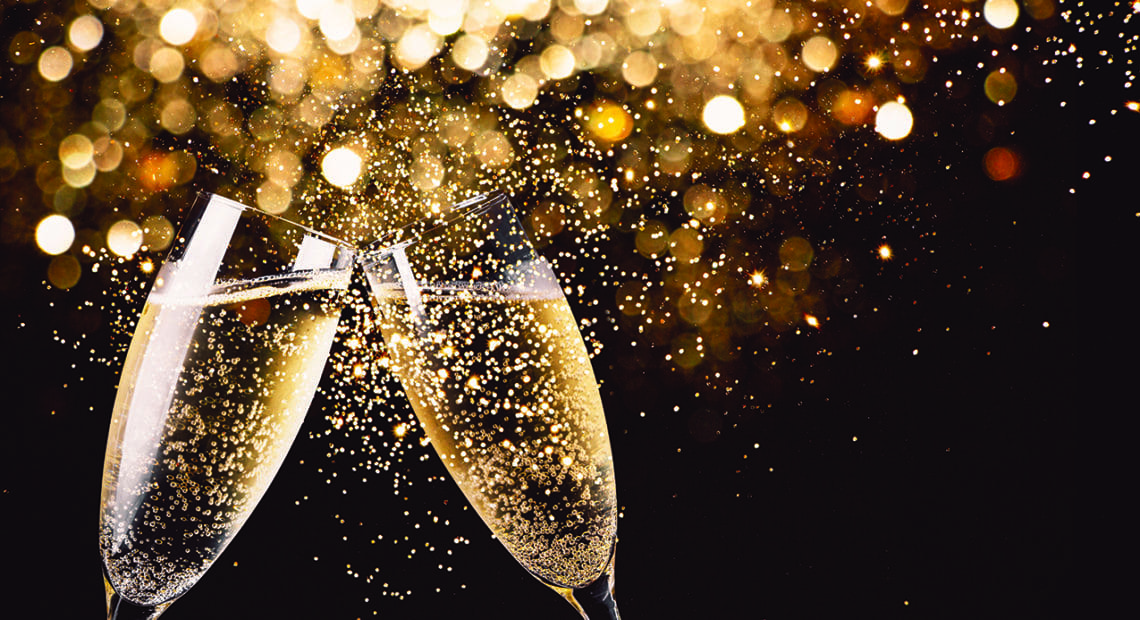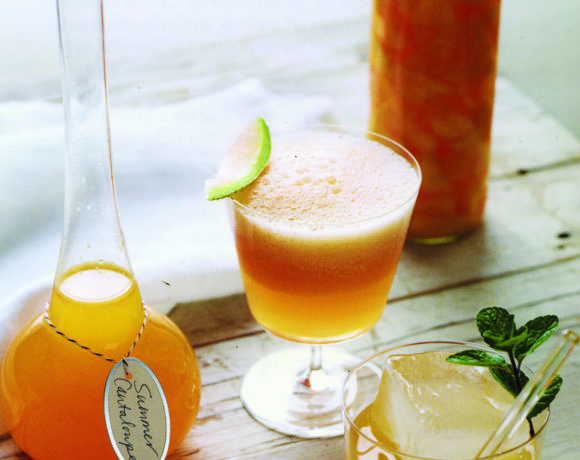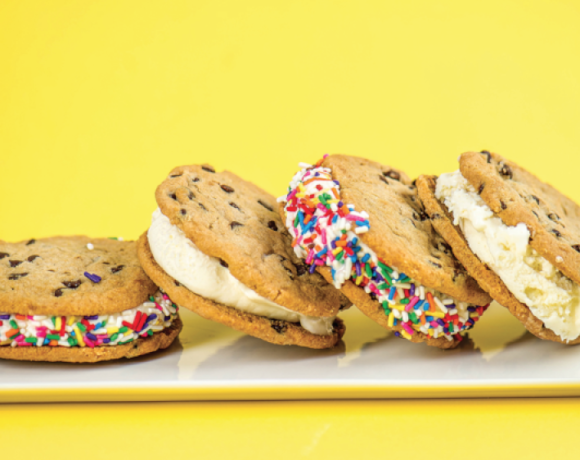Sparkling wines are made by sealing the beverages before the fermentation process is complete, causing the effervescent bubbles that is their hallmark. Sparkling wines are produced in various regions of the world, but “champagne” is unique to the Champagne region of northeast France, where vines were introduced by the Romans many centuries ago.
One of the most legendary and heralded brands of champagne was created by a French monk named Pérignon. Historians say Pérignon lived from 1638 to 1715 and was admitted in his lifetime to the abbey of Saint-Vanne. He acquired the honorary title of Dom while there, and also served as cellar master, creating what later would be known as the “vins de Pérignon.”
Dom Pérignon champagne is still a prestigious brand today, joined by other leaders of the industry like Moët & Chandon, Veuve Clicquot, Nicolas Feuilatte, and Pol Roger. French champagnes are part of elegant toasts, A-list events and five-star dining experiences. They also may be poured on New Year’s Eve. All champagne is sparkling wine, but not all sparkling wine is champagne.
Enjoying champagne on its own in the requisite stemmed glass is tradition, but champagne also can be mixed into any number of cocktails — from bellinis to mimosas. This “Blood-Orange Champagne Cocktail” is a variation on the classic mimosa, and doesn’t necessarily need to be enjoyed at brunch. Serve it on New Year’s Eve, or for any special occasion, courtesy of Martha Stewart.
Blood-Orange Champagne Cocktail
21⁄4 cups freshly squeezed or frozen blood-orange juice
2 750-ml bottles champagne, chilled
1. Pour 3 tablespoons juice in each champagne flute. Fill flutes with champagne, and serve.







Recent Comments